Guides, Information
Resolution, DPI, PPI, and You

When having your photos or artwork printed, it’s not enough to just hit “Print” and hope for the best. The resolution of your finished image is probably the most important aspect of producing a high quality print. You have probably heard the terms DPI or PPI from your local print shop and thought they were speaking another language. The truth is, these initialisms are relatively simple concepts that, once learned, will help you become the master of your own destiny in print and on the web. Here are some quick definitions:
DPI vs PPI
Though the terms DPI and PPI are often used interchangeably, they actually have a very subtle but important difference.
DPI stands for “Dots per Inch”, and refers specifically to the number of dots in a printed inch (versus on the screen). The more dots that are packed into a square inch the better the detail and sharpness.
PPI means “Pixels per Inch” and is most commonly used when talking about the pixel density of a digital screen (monitors, phones, etc.).
Resolution is the measure of the number of pixels in a display, measured in width and length (1920px x 1080px, for example). The higher the resolution, the more detail, and the higher the DPI the higher the resolution.
Print vs. Web
For printing, your images need to be at least 300dpi if you are looking for the best quality. Depending on the size of your finished piece, you could go down to 150dpi if necessary, but never lower. 150dpi is typically acceptable for banners or oversize posters, since they will be viewed from a distance so the the printed dots don’t need to be packed so tightly. Anything that will be viewed up close should be 300+ dpi.
On the web, DPI doesn’t really apply. The resolution of your image is most important. Remember, the larger the better! You can always reduce an image’s size without affecting the quality, but you can NEVER increase it’s size without some loss in clarity.
These are just the basics, and there is a ton nuance in preparing files for print and web; but these tips should put you on the right track to getting beautiful images in any format. If you need any help or have any questions about DPI or PPI, just let us know! We’d love to help you take the mystery out of your files.
